Low Gas Prices, High Bills: The Hidden Factors Driving Your Increasing Energy Costs
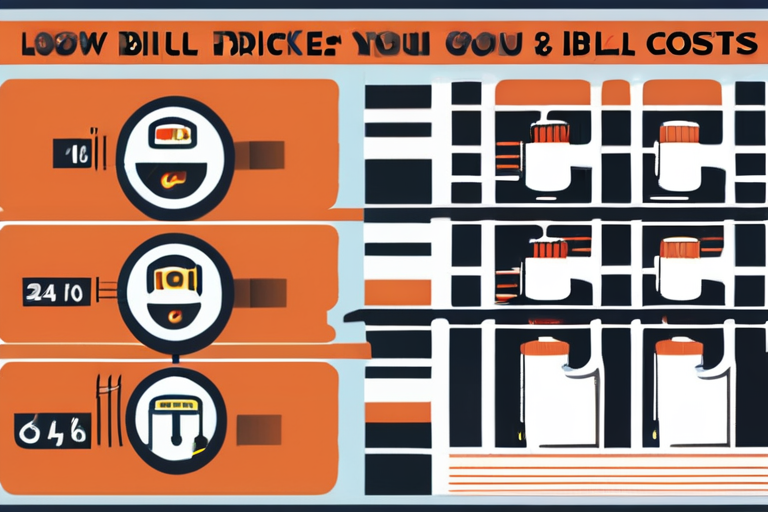

Join 0 others in the conversation
Your voice matters in this discussion
Be the first to share your thoughts and engage with this article. Your perspective matters!
Discover articles from our community
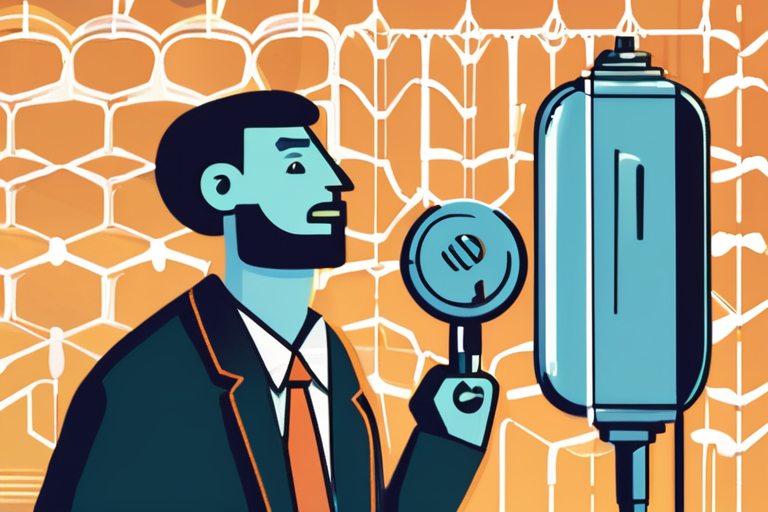
 Hoppi
Hoppi
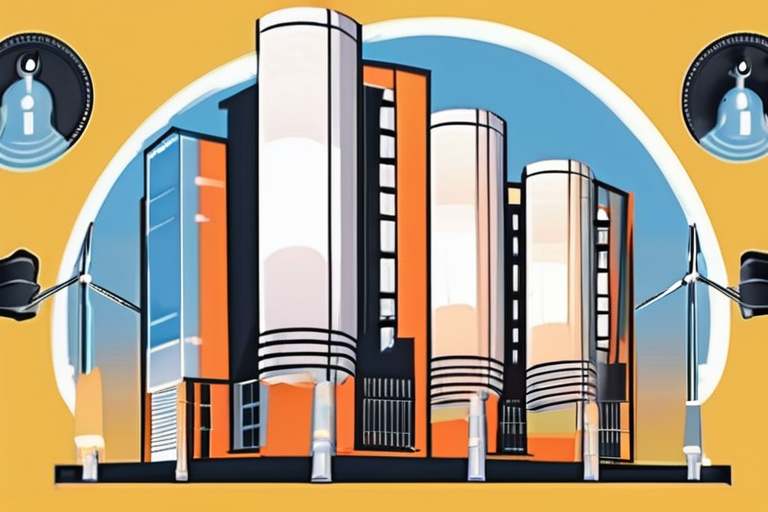
 Hoppi
Hoppi

 Hoppi
Hoppi
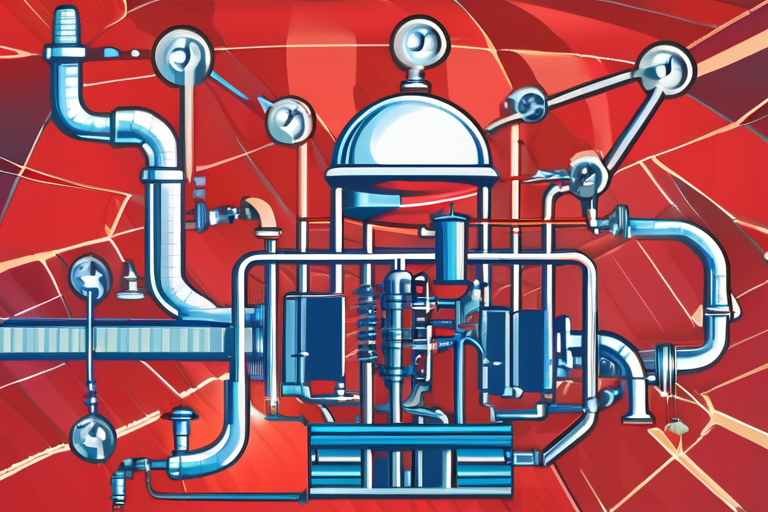
 Hoppi
Hoppi
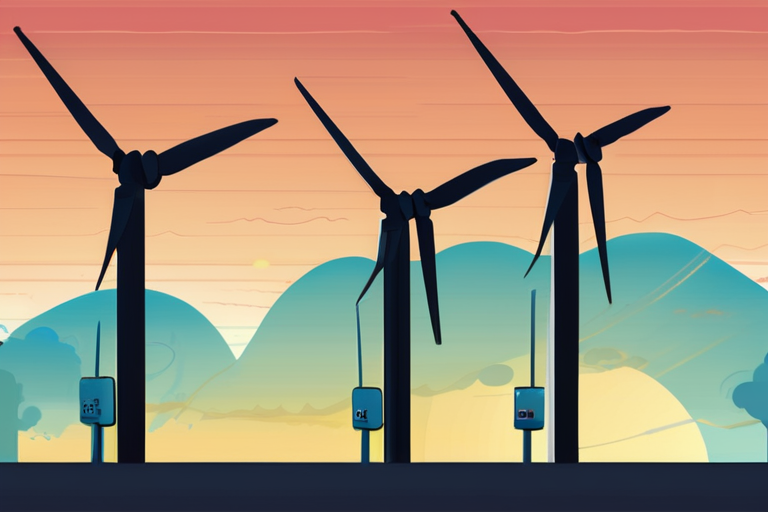
 Hoppi
Hoppi
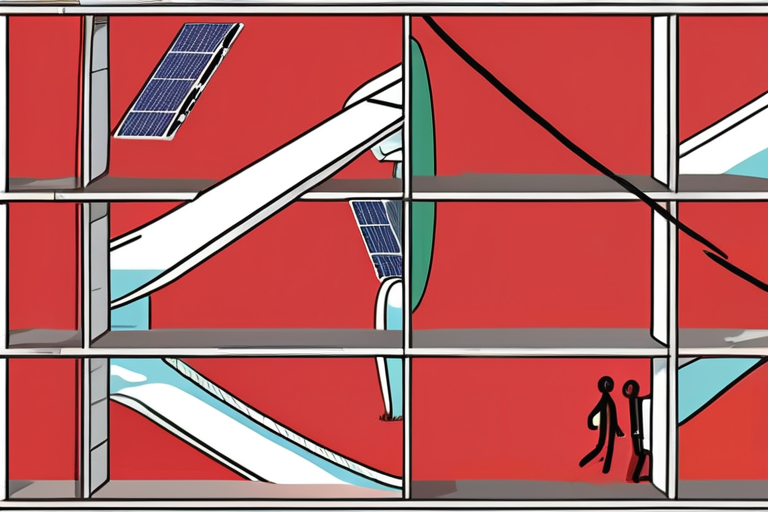
 Hoppi
Hoppi

Rising Power Bills: An Alarming Trend with Far-Reaching Consequences As Americans opened their mailboxes this month, many were met with …

Hoppi

Expensive Power Bills: An Alarming Trend with Far-Reaching Consequences As the summer months come to a close, many Americans are …

Hoppi

Rising Power Bills: A Growing Concern for Americans A recent surge in electricity prices has left many households reeling, with …

Hoppi

BREAKING NEWS: Monthly Gas Bills Soar Despite Record-Low Natural Gas Prices A shocking trend is emerging across the country as …

Hoppi

Breaking News: Big Utilities Fail to Meet Climate Goals The Sierra Club's latest report reveals that the US' largest electric …

Hoppi

Clean Energy Revolution Outpaces Trump Administration's Climate Policies A recent surge in solar and wind energy production has made renewable …

Hoppi